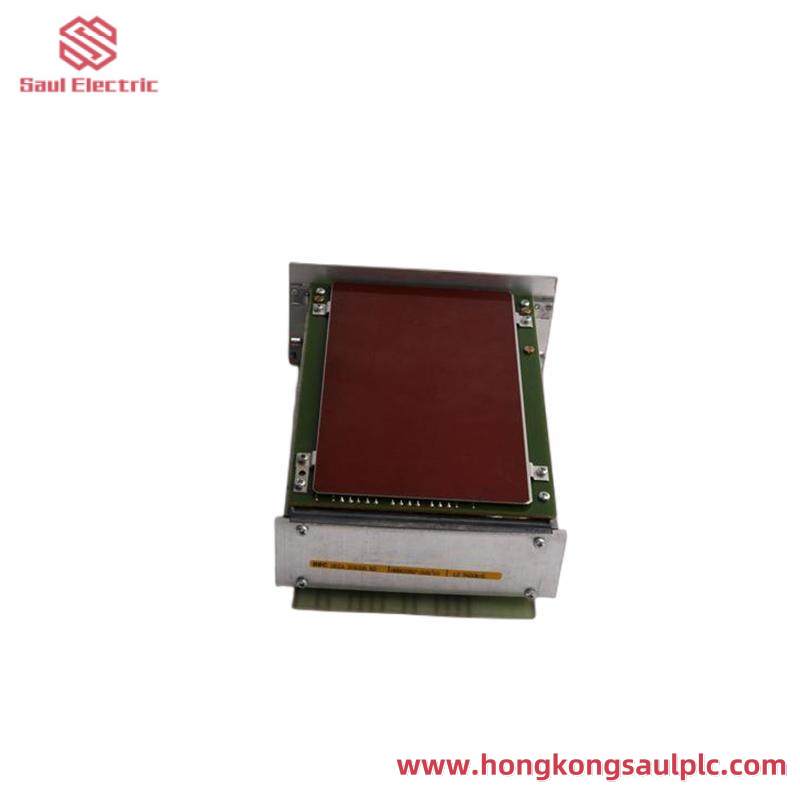Brand:ALSTOM
Model:8211-4307
Type:Process Control Module
Processor Speed:30 MHz
RAM:64 MB
ROM:128 MB
I/O Channels:128 Digital + 32 Analog
Communication Protocols:[“Ethernet”,”Modbus”,”Profinet”]
Power Consumption:15W
Operating Temperature Range:-20°C to 55°C
Operating Humidity Range:5% to 95% RH (non-condensing)
Introducing the ALSTOM 8211-4307 Processor Module, a cutting-edge solution designed to elevate the performance of industrial automation systems. This module is meticulously engineered to withstand the harshest industrial conditions, ensuring reliability and longevity.
Featuring advanced processing capabilities, the ALSTOM module supports a wide range of input/output configurations, making it versatile for various applications across different industries. Its high-speed processor ensures efficient execution of complex control algorithms, enhancing system responsiveness and productivity.
Crafted with precision, this module boasts a sleek, compact design that seamlessly integrates with existing infrastructure, minimizing installation time and costs. It is equipped with a durable aluminum casing, offering robust protection against environmental factors, thus maximizing operational uptime.
With its extensive temperature tolerance, the ALSTOM processor module can operate effectively in extreme climates, from freezing temperatures to hot industrial settings. This makes it an ideal choice for global deployments, ensuring consistent performance regardless of geographical location.
Equipped with a standard power supply of AC 220 V, the module is compatible with a wide range of power sources, simplifying installation and reducing the need for specialized wiring. It supports seamless integration with leading control systems, facilitating easy setup and maintenance.
Investing in the ALSTOM 8211-4307 Processor Module means securing a future-proof solution that adapts to evolving industrial demands. Backed by ALSTOM’s commitment to quality and innovation, this module promises unparalleled performance and reliability, setting new standards in industrial automation.




